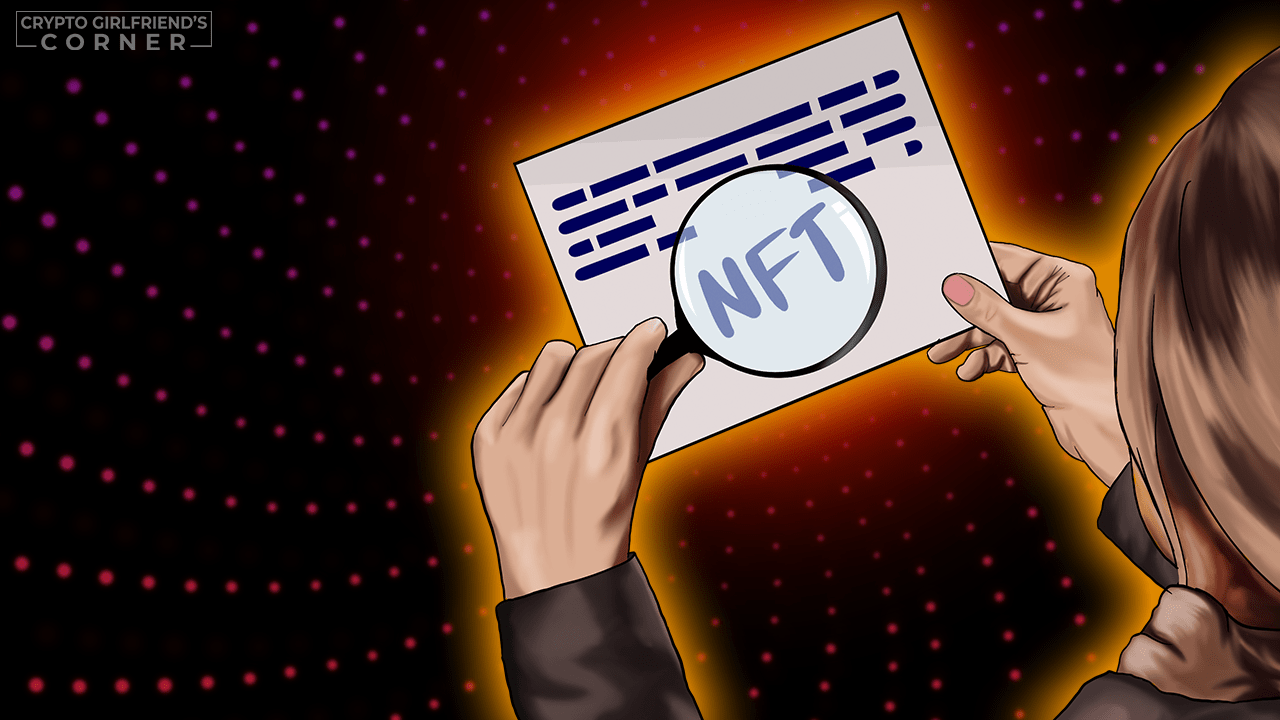NFTs, or non-fungible tokens, are a new type of digital asset that are unique and cannot be replicated or exchanged for an equal value. Unlike traditional digital assets, such as a digital photo or mp3 file, NFTs are built on blockchain technology and use unique cryptographic signatures to ensure that each token is one-of-a-kind. This allows for the creation and ownership of unique digital items such as art, collectibles, and even virtual real estate. In this article, we will explore what NFTs are, how they work, and their potential applications and impact on various industries.
How NFTs Work
NFTs are created on a blockchain network, which is a decentralized and distributed digital ledger that records transactions across a network of computers. Each NFT is assigned a unique cryptographic signature, called a “hash,” which serves as a digital fingerprint and verifies the authenticity and ownership of the token. This allows for the creation and transfer of ownership of unique digital assets in a transparent and secure way.
To create an NFT, an artist, creator, or anyone can use a tool called “minting” which is a smart contract that creates a unique token and assigns it a hash. This smart contract can be deployed on a blockchain network such as Ethereum. To mint an NFT, the creator must pay a small fee in the form of the network’s native cryptocurrency, such as Ether. Once minted, the NFT is added to the blockchain network and a record of the transaction is recorded on the network’s public ledger.
For example, an artist can create a digital painting and mint it as an NFT, assigning it a unique hash. This NFT can then be sold to a collector who can buy it using cryptocurrency, and the transaction will be recorded on the blockchain. The collector can then display the digital painting on their personal digital wallet and also resell it if they choose to.
Once minted, NFTs can be bought, sold, and traded on various marketplaces or platforms that support NFTs. Some examples of these marketplaces include OpenSea, Rarible, and SuperRare. These marketplaces allow creators and collectors to list and sell their NFTs to a global audience. The transactions of buying or selling NFTs are recorded on the blockchain network and are visible to anyone on the network, allowing for transparency and traceability of ownership.
Use Cases of NFTs
NFTs have a wide range of potential use cases across various industries. Some of the most popular and widely adopted use cases include:
- Digital Art and Collectibles: NFTs have been widely adopted in the digital art community, allowing artists to monetize their creations and collectors to own unique digital pieces. NFTs can be used to represent digital paintings, illustrations, animations, and other digital art forms.
- Gaming and Virtual Worlds: NFTs can be used in gaming and virtual worlds to represent in-game items such as weapons, armor, and virtual real estate. This allows players to own and trade unique digital items within the game and even outside of it.
- Music and Video Streaming: NFTs can be used to represent unique digital assets such as music and video clips. This allows artists and content creators to monetize their creations and fans to own a piece of their favorite artist’s work.
- Real Estate and other Physical assets: NFTs can be used to represent ownership of physical assets such as real estate, fine art, and even luxury goods. This allows for the creation of digital twins of physical assets and the ability to trade and transfer ownership in a transparent and secure way.
These are just a few examples of how NFTs are being used today, but as the technology and understanding of NFTs continue to evolve, new use cases and applications will likely emerge.
The Future of NFTs
The future of NFTs is still uncertain, but the technology and its potential use cases continue to evolve. The use of NFTs is still in its early stages, but it is already showing great potential for various industries. One of the areas where NFTs are expected to grow in the future is in the gaming and virtual worlds. As technology continues to advance, the use of NFTs in virtual worlds and gaming will become more prevalent, allowing players to own and trade unique digital items within the game and even outside of it.
Another area where NFTs are expected to grow in the future is the art world. NFTs allow artists to monetize their digital creations and collectors to own unique digital pieces. This is expected to lead to an explosion of digital art and a new market for digital art collectors. In addition, NFTs are expected to play a big role in the music and video streaming industry. NFTs can be used to represent unique digital assets such as music and video clips. This allows artists and content creators to monetize their creations and fans to own a piece of their favorite artist’s work.
Furthermore, NFTs are expected to be used in the real estate and other physical assets, by creating digital twins of physical assets and the ability to trade and transfer ownership in a transparent and secure way. Finally, as the technology and understanding of NFTs continue to evolve, new use cases and applications will likely emerge. The future of NFTs is exciting, and it remains to be seen how it will change the way we interact with and own digital assets.

